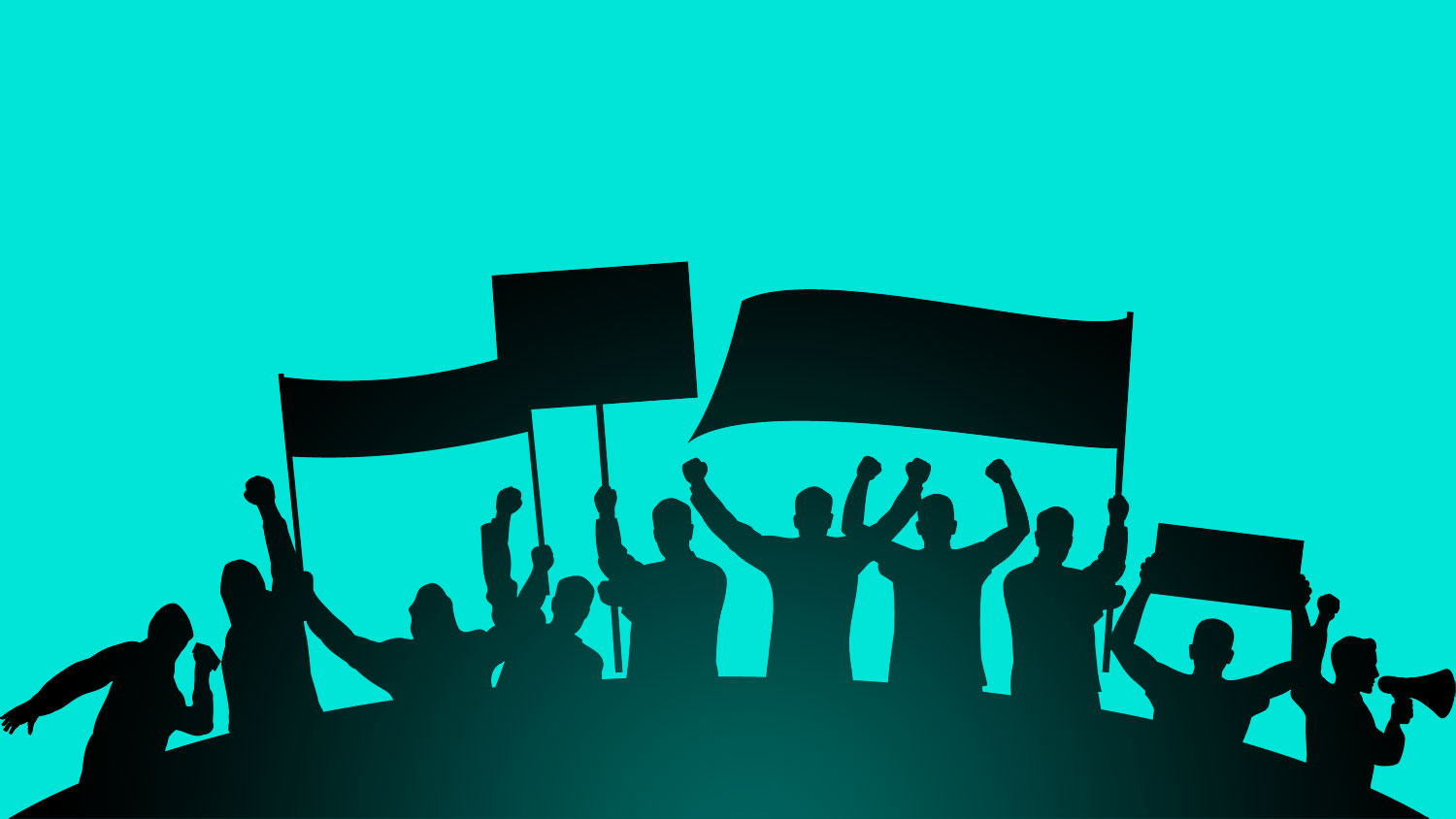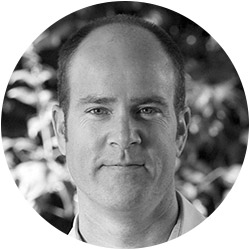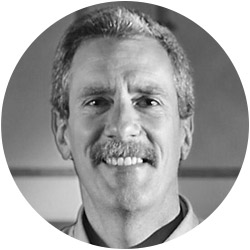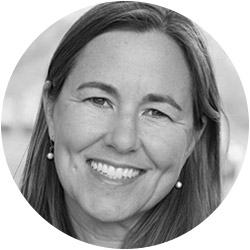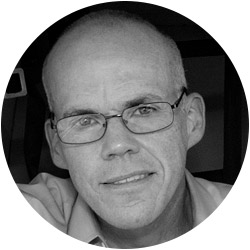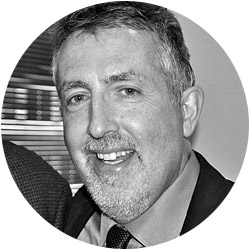What should U.S. climate activists be focusing on this coming year? We asked more than a dozen smart folks to give us up to three answers to that question (and some gave us even more).
One big common theme: The need to broaden and diversify the climate movement, bringing in low-income communities, people of color, and other groups that haven’t traditionally been engaged in green causes. The People’s Climate March in New York City in September was impressively diverse, and climate leaders want to build on that.
Here’s what our respondents had to say:
1. Join Global Divestment Day on Feb. 13 and 14.
2. Keep pushing the president to see Keystone all the way through to rejection.
3. Continue working with the fossil fuel resistance around the globe.
Photo: 350.org / Lane Hartwell
1. Target 100 percent clean energy. The best defense is a good offense. The costs of wind and solar are a fraction of what they were just a few years ago. Clean energy — plus savings from energy efficiency — is now cheaper than gas, coal, and nukes in many parts of the country and the world. Why keep fracking, mining, and burning dirty fuels when investing in clean energy creates more jobs; cuts air, water, and carbon pollution; and saves people money? As we organize, we need to set our sights on 100 percent clean energy cities, 100 percent clean energy campuses, 100 percent clean energy corporations, dive bars, NBA teams, and more. State-by-state, the president’s Clean Power Plan gives us an opportunity to begin building a 100 percent clean energy economy that works for everyone.
2. To change everything, we need everyone. Climate activists joined forces with economic-justice organizations, unions, housing advocates, and so many others for the People’s Climate March — the largest climate demonstration in U.S. history. Our movement is finally making long-overdue progress on becoming more diverse and building meaningful relationships with the communities on the front lines of climate change. We can’t succeed unless our solutions work for everyone, not just a privileged few. Access to clean energy and a safe, healthy environment is a fundamental human right and essential to a free and democratic society.
3. Will the empire strike back, or strike out? The coal, oil, and gas industries are fighting so hard for a reason. The coal industry knows it’s losing its chokehold on the power sector, and oil and gas executives see growing resistance to fracking, tar sands, and oil trains. They’ve spent millions to buy a friendly Congress. Will they prevail? Will Republicans — and some Democrats — be allowed to roll back protections for air, water, and our climate? Sometimes you have to hunker down and play defense: We cannot afford to give up the ground we’ve gained in stopping polluters over the past five decades.
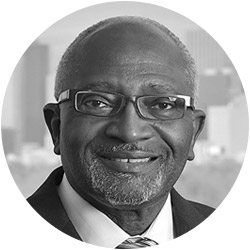
Robert Bullard
Dean of the Barbara Jordan-Mickey Leland School of Public Affairs at Texas Southern University
![]()
1. The U.S. green groups need to declare 2015 the “year of diversity” followed by an aggressive action plan with numerical goals to address their lack of diversity. People of color comprise less than 16 percent of employees at environmental institutions.
2. Implement a “Southern initiative” on climate justice to address the region’s unique environmental vulnerability and social vulnerability legacy.
3. Build strong coalitions to make sure that when states develop plans for reducing carbon emissions under section 111(d) of the Clean Air Act, those plans ensure equity for low-income communities of color.
(These goals are drawn from a larger list in this piece by Brentin Mock.)
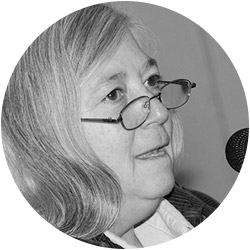
Leslie Cagan
Lifelong social-justice and peace organizer and co-coordinator of the People’s Climate March
![]()
1. First and foremost, we need to nurture, strengthen, and expand the People’s Climate Movement! This means developing concrete ways to bring more people into our work and helping a wide range of organizations see how they can integrate the climate-justice agenda into their ongoing efforts. It means we have to expand our public activism. We need to be on the streets, at public hearings, at events where large numbers of people gather. Lots of this has been happening the past several years and 2014 was a banner year in terms of our visibility. But now is the time to make these actions even stronger. The more attention we can bring to the issue — and the very real urgency of the issue — the better position we’ll be in to force policy makers to start making the right decisions.
2. At the end of this year, the governments of the world will gather in Paris to finalize a new treaty addressing the climate crisis. We should set our sights on that gathering not as an end in itself, but as a moment to mark progress. In part this means putting forth what we want the representatives of the U.S. to bring to that conference and what we want them to agree to. It even means demanding that we have a say in who will represent our country at the Paris meetings. Just to be clear, I am not suggesting that everyone in the climate-justice movement should be asked to sign on to a set of demands; it could take us all year to work out our agreement on what that might be. Instead I am suggesting that we all raise our specific demands and policy recommendations in a way that sends a message to Washington that this is what we want included in the treaty that comes out of the Paris talks.
3. Most importantly, all of this needs to be grounded in a serious commitment to the justice part of our climate-justice work. Frontline communities, under-resourced communities, communities of color and of poor and working people need to be in the leadership of our work. No ifs, ands, or buts — in the leadership!
Photo: Thomas Good
1. Build on the People’s Climate March, which put environmental justice at the center. People of color continue to be the most supportive of regulatory action to address climate change because people of color are disproportionately impacted by pollution from the fossil fuel economy. Climate activists need to respect the leadership of people of color who are most impacted and work in collaboration with the people most impacted to identify the appropriate policy solutions to climate change at the local, national, and global level.
2. Ensure EPA’s Clean Power Plan does not disproportionately impact low-income communities and communities of color by relying on a cap-and-trade scheme that further delays clean-air benefits in overly burdened communities by allowing power plants to defer mitigation by purchasing offsets or allowances.
3. Protect overburdened communities from fossil fuel extraction by preventing dangerous practices and lifting up viable alternatives such as investments in public transportation and compact mixed-use development that serves the needs of the existing community and prevents gentrification and displacement.
Because climate change has outpaced social change, the climate movement needs a new goal and a new role: pushing governments to prepare for a cascade of breakdowns.
We have failed to meet nature’s deadline. The movement’s current goal of moving the world toward zero tolerance for fossil fuels now needs to be subordinated to this far more urgent task. Barring a rapid (and unlikely) outbreak of global cooperation, we will see a proliferation of national conflicts over resources. Intensifying climate impacts will also trigger totalitarian responses by governments trying to keep order in the face of chaos. It is not hard to envision governments resorting to permanent states of martial law.
To head off this scenario, the movement needs to expand by an order of magnitude. Bill McKibben’s 350.org began broadening the movement by casting last September’s People’s Climate March as part of a wider “climate justice” effort. Activists need to go further, enlisting groups around the world working on human rights, economic equity, poverty alleviation, civil liberties, social justice, and government reform — as well as sympathetic leaders of governments and corporations. We need a much broader, more influential, more powerful coalition to move the world’s leaders toward a cooperative — not a competitive — set of coordinated responses.
Environmentalists are best positioned to jump-start that movement. They best understand the accelerating changes in the planet’s natural systems. But the climate movement is not necessarily best suited to lead a movement to force the world’s governments to prepare for an increasingly stressed future. That may require some soul-searching by movement organizers.
Ultimately, a global rescue movement needs to proclaim with one voice that the global climate has passed a point of no return. The mission seems screamingly clear: to persuade governments forcefully and urgently to plan for an increasingly chaotic future — and to force the world to recognize that the ultimate casualty of prolonged inaction and pervasive denial will be a coherent civilization.
1. Win on Keystone – the pipeline and the principle: if we are serious about making it better, we have to immediately stop making it worse. From here forward, we have to hold open the space for solutions by ending major, new, long-term capital investments that lock in dangerous emission levels.
2. Wage and win a clean energy revolution, linking and understanding our many solution-oriented initiatives as part of a sweeping historic transition — the end of the Fossil Fuel Age and the dawn of the Clean Energy Era.
3. Put firm legal limits on climate pollution and end the practice of dumping any of it in the atmosphere for free.

James Hansen
Former director of NASA’s Goddard Institute for Space Studies, adjunct professor in the Department of Earth and Environmental Sciences at Columbia University
![]()
Join Citizens’ Climate Lobby. They are dedicated to obtaining a carbon fee-and-dividend [system], the fee collected from fossil fuel companies and the funds distributed to the public. The only way we can phase out fossil fuels is by making their price include their costs to society, and the only way the public will allow the fee to rise is if the money is going to the public, not for government programs.
The first and most important thing we need to do is bring new folks into the climate movement. We’re in a fight for our future. On one side of the battlefield you have polluting industry — the oil and coal companies and their ultra-conservative allies in Congress. On the other side you have the climate movement — the people who wake up every morning thinking about how to cut carbon. The hard truth is that the vast majority of these folks have already been counted, and we still need more people to win.
But there’s a third group that’s untapped. These are the people who wake up every morning worrying about their paychecks, their jobs, and their kid’s asthma. They have a real stake in climate policy. A slew of recent polls, including our own, show that people of color and low-income Americans are more concerned about climate change than their white, affluent counterparts. But they have yet to find a ready home in the climate movement.
By tapping into existing community centers — like African-American churches — we can connect these folks to decisions on climate policy that affect their lives. We’re talking about EPA regulations that protect low-income and black kids from asthma, and state carbon-pricing measures that could raise millions of dollars to invest in hard-hit communities. We’re talking about making sure that communities of color and poor Americans have a seat at the table in discussions about climate resilience — not just so they’re better equipped to survive a disaster, but so they can seize the economic opportunity that climate response creates.
1. Support small and local clean energy projects, like these.
2. Connect rural and urban folks who care about protecting land, water, and climate into a powerful voting bloc. I call them Mason jar voters.
3. Get Keystone XL rejected once and for all to prove citizens have power over Big Oil.
Photo: Fighting For Our Health
1. In 2015 we need to take the environmental movement to the next level, by working together across issues and supporting those on the frontlines of injustice. Low-income communities and communities of color are often the first and most impacted by the climate crisis: storms, floods, droughts, as well as land grabs, water shutoffs, and forced migration. The more united and stronger our movement, the more sustainable, fair, and healthy everyone’s future will be.
2. The energy revolution is underway, and in 2015 we need to push it to the tipping point. Cities, Fortune 500 companies, schools, and others are taking important steps toward being powered by 100 percent renewable energy, and we should accept nothing less. Everyone has a part to play in demanding and building a just, democratic, clean energy system based on nature’s gifts of wind and solar power.
3. We must demand an end to new fossil fuel extraction projects — whether that’s coal and gas on our public lands or oil in the fragile Arctic. Companies are already laying claim to far more fossil fuels than the atmosphere could handle being burned. We cannot let them waste any more money or destroy the natural world while looking for new reserves.
Try to break the power of the fossil fuel industry before it breaks the planet.
Photo: Greens MPs
1. Coalesce as a true global movement: The People’s Climate March, the fossil fuel divestment movement, the ongoing opposition to fossil fuel infrastructure projects, and the disruptive nature and deployment of renewable energy are transforming the energy playing field and energizing climate activism all over the world. We must use 2015 to solidify this progress and to push for deeper and more systemic changes.
2. Focus on presidential authority: President Obama and his team now see climate change as a legacy issue. At the federal level, it will be important to push President Obama to not only finalize the Clean Power Plan rules, but to address other issues such as methane and fossil fuel leasing on federally managed public lands and water. It will be important that climate activists hold President Obama accountable and be as aggressive as possible.
3. Don’t get caught in the Paris trap: In the context of global climate talks, the Paris COP is important, but not an end point. Regardless of its outcome, it is a given that climate activists from around the world will have to push our governments harder than what is agreed upon to reduce our emissions and to provide financial resources for developing countries.
4. Pay attention to the 2016 presidential campaign: The 2012 election was deemed the election of “climate silence.” Given the ongoing congressional gridlock, electing a president who is willing to go further than President Obama is fundamental to our success.
1. Ensure that all communities have access to alternatives to dirty energy, by making them affordable and available.
2. Make sure that community-based organizations of color are supported with strong funding in order have a strong and effective presence in their communities.
3. Don’t let policies that have been put in place to reduce carbon end up negatively effecting low-income and environmental-justice communities.
Photo: University of Michigan School of Natural Resources & Environment
We need climate activists focused on one thing this year: fighting back against the political influence of our nation’s biggest polluters. Shutting down the Big Polluters’ agenda in Congress and statehouses across the country will be a massive task. It means defeating each and every attempt to derail EPA’s Clean Power Plan – our country’s No. 1 way to cut climate pollution. It means stopping Congress from trying to push through Big Polluter giveaways like the Keystone XL pipeline. And it means elevating the political power and experiences of communities throughout the country that are impacted by dirty energy in their backyards. In recent years, we’ve taken historic steps toward tackling climate change. We cannot let polluters and their friends undermine our clean energy trajectory.
1. Progressive states should push for “radical” clean electricity standards. Enough playing defense. The real “offensive” front line in the climate movement right now is the push by states like California, Maryland, and Minnesota to make breath-taking jumps in de-carbonizing their grids by upping their “renewable portfolio standards” (RPS’s). Jerry Brown just committed California to a 50 percent clean electricity standard by 2030. Minnesota is pushing for a similar goal. And Maryland is gearing up for passage this year of a 40 percent standard (maturing by the year 2025). Wind and solar installments have exploded in recent years in America while prices have plummeted precisely because of existing state RPS laws. We’ve done this all without Congress. And we don’t need Congress to finish the deal. What we need are more states to join this front line. Activists in every progressive state should be campaigning for 40-50 percent standards now. If enough states make this big leap, all the states and all the utilities will have to follow. Wind and solar will rule. The future is suddenly within our grasp and the states can do it on their own.
2. Push for a “cap-and-dividend” bill in Congress in 2015. With falling oil and gas prices, it’s hard to see a strong enough “price signal” dependably emerging from any carbon tax over the next few years. Which is why a science-based cap is really what we need to dependably reduce carbon emissions economy-wide. The auction revenue from such a cap should then be rebated 100 percent to all Americans in equal quarterly payments. Such a cap-and-dividend bill will be reintroduced by Rep. Chris Van Hollen (D-Md.) in early 2015. After the legislative failure in 2010 of cap-and-trade, that approach is dead as a policy tool. Moreover, many of us believe that no serious Democrat running for the White House (or the Senate) in 2016 will gladly embrace a carbon tax that hands anti-tax Republicans with a ready-made club. So that leaves cap-and-dividend as the most viable policy option. That’s what politically savvy and increasingly popular Van Hollen believes. Again, it’s a science-based cap. And it’s positively not a tax since it rebates 100 percent of the carbon permit revenue. And the dividends are progressively distributed so that lower- and middle-income levels actually come out ahead financially. It contributes to solving both the middle-class crisis and the climate crisis. Van Hollen wants to make a big push on the bill in 2015 with the idea that the policy will gain ground and become the popular policy standard for his party prior to the 2016 elections. This push is worth the time of every serious climate activist in America. It’s supported by 350.org, Sierra Clubs, Chesapeake Climate Action Network, and many others. Learn more at ClimateAndProsperity.org.
3. Keep fossil fuels in the ground! Keep fighting Keystone XL, coal, coal exports, fracking, gas exports, and every other ridiculous and extreme energy form that Big Carbon comes up with.
Photo: Chesapeake Climate Action Network
—–
For more on the year ahead, see “How environmental justice fared in 2014 — and the outlook for 2015.”

